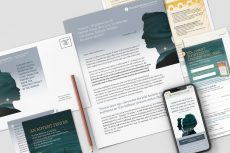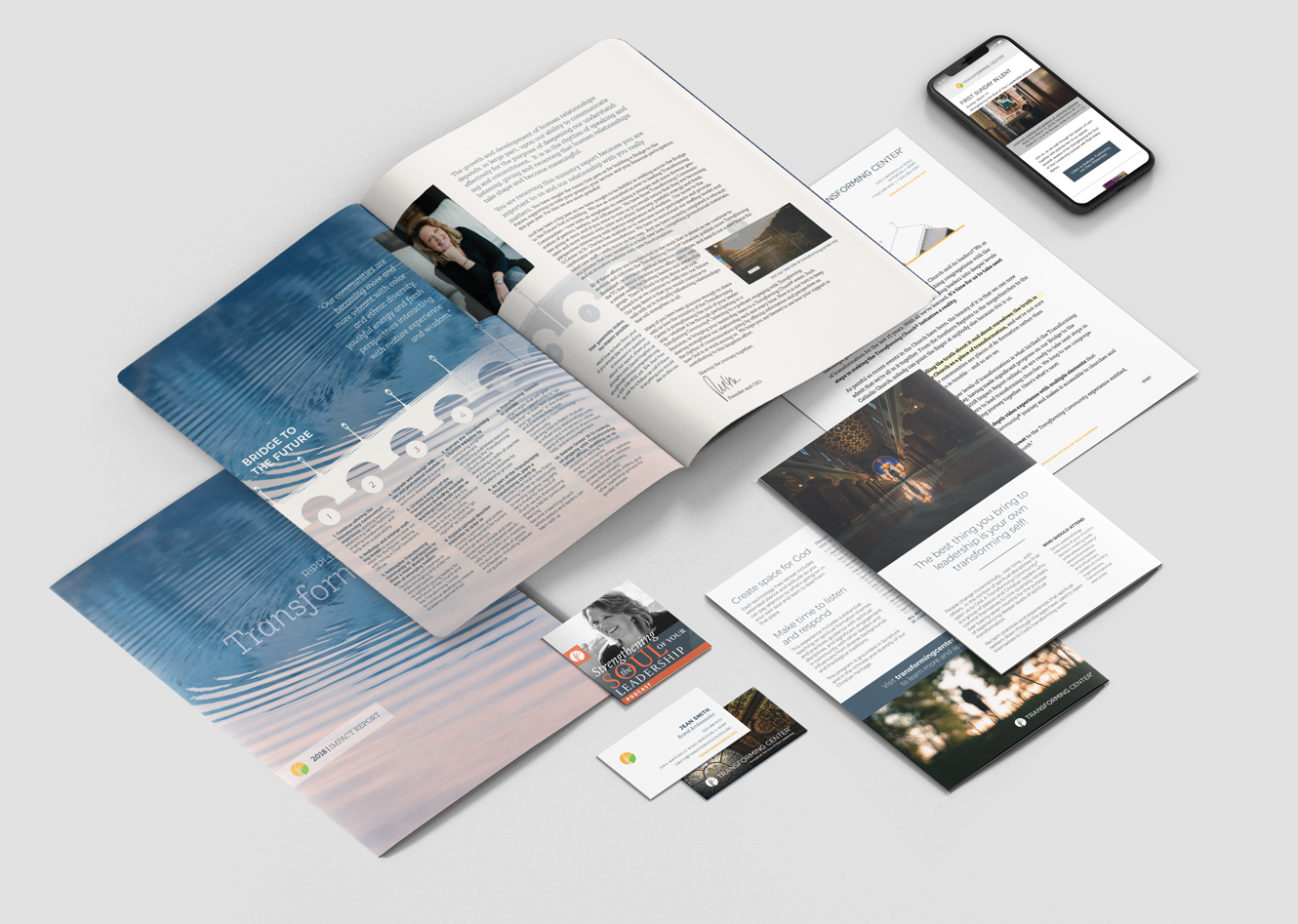
I would be the first to tell you that ugly logos are a scourge to the world. I often mourn an ugly logo as a wasted opportunity to create something inspiring. I ran past a new development last weekend on my long run and could not believe the ugliness that was been engraved in stone. It was wrong in so many ways and it was going to be there for many years to come.
As I pounded out the miles I wondered about the designer who designed it – I hoped he/she learned their lesson. Never ever show a logo you hate – it will always be chosen. I wondered about the person who approved it – I imagined it this way. “We need a sign, what do you mean, what do we put on it? Just have the sign company put something together.” Lastly, I wondered about myself. If I was in the market for building a house in a barren landscape of uniformity, would I move in even it it meant being forced to drive by that sign every day.
The sad truth is that if I liked the house and it was a good price, I would suck it up and ignore the ugly logo. The reality is that a beautiful logo will not make your business, but before you dismiss the value of design lets talk about experience.
It is all about the experience
I help a lot of financial planners with branding and marketing. They understand that the biggest obstacle they face is establishing trust. The more successful planners understand that crafting an experience that builds trust is important.
A client of mine started his planning business in an light industrial park, and he generally met with prospective clients at his office. After a few years he purchased an office in a nice office building that came furnished. It was very nice furniture that was chosen to fit in the office. He commented after being their six months that ever since his move his close rate had noticeable improved. Nothing changed except the quality of the experience prospectshad when they walked into a much nicer office building and met in much more richly appointed offices. It was an upgraded experience that impacted the bottom line.
So even though I admitted that the logo design might not prevent me from purchasing a home, it would clearly play a role in having me aggressively negotiating a lower price – so much for the developer saving money on that ugly logo.
Brand experiences are becoming more important
For all that you can say about younger consumers it is undisputed fact that they greatly value the experience they have with a brand. For business owners this means that crafting a brand experience is going to be more important than ever.
Here are some tips for creating a strong brand experience from my 20+ years working with businesses of all sizes.
- Think big picture. You can generally find a cheaper solution for just about everything, but it is not possible to create a strong brand if every decision is made based on cost. A trusted brand advisor can help you navigate when to spend and when to save.
- Do it in pieces. Most of my best branding work is the result of working with clients over a number of years. We make sure that each phase of work is connected to the overall brand experience.
- Remember the difference between branding and marketing. You can create a exceptional brand experience online, but if you have no marketing strategy to get the right people to visit the site then you branding is not going to be enough. You need both, see 1 and 2.
Create something beautiful
So if you own your own business or are just in charge of the brand, I have a simple question for you. How can you leave the world a little more beautiful? If you are land developer, please consider the designers who trains for marathons and obsess over logos.
Start working on your brand experience today.





















